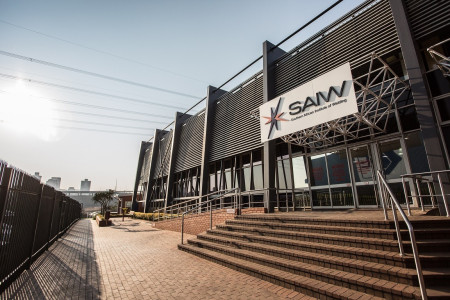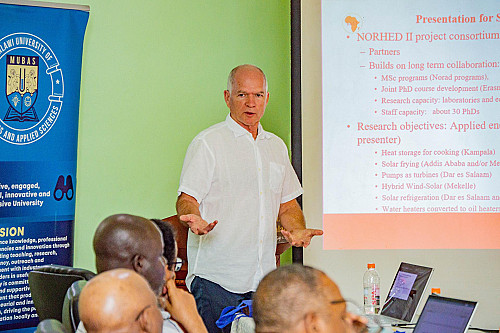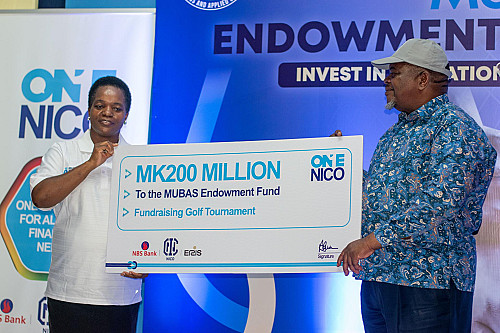News
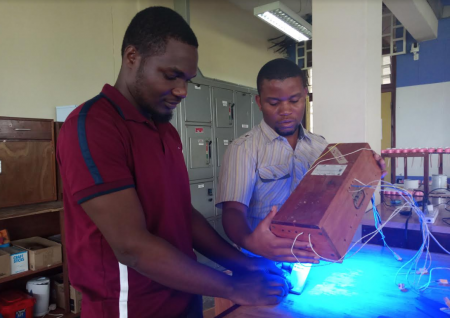
The Phototherapy light machine produces a blue light which is used to break down and neutralize the bilirubin protein that causes the yellow pigment in premature babies.
“It was discovered that the hospital personnel were unable to detect the effectiveness of the machine with the human eye. They could not tell whether the blue light was high, low or moderate,” Masi explained.
Masi further explained that the blu- meter has the ability to detect whether the light coming from the Phototherapy machine is enough to treat jaundice in babies.
Andrew Ndalama added that without the blu-meter device the hospital personnel may be astonished as to why a baby is not being treated after undergoing through the normal treatment procedure.
A clinical nurse at the Queen Elizabeth Central Hospital Chatinkha ward, Prince Mtenthaonga, who once used the blu-meter device, explained the importance of this device to the medical fraternity.
“This device is going to help us detect the therapeutical dose range which is given to the babies. If the bilirubin protein is high, it causes a brain damage called Kernicterus which is non-resolvable,”Mtenthaonga explained.
He further explained that with the blu-meter, they are able to assess the effectiveness of the Phototherapy machine. In addition, they are also able to detect machines that need to be either replaced or repaired.
The Dean of faculty of Engineering Dr Gregory Gamula explained that there are other devices being used which are pretty expensive. The blu-meter device is affordable; hence public hospitals can obtain them.
Dr Gamula added that this is not the final product because it has to be monitored, scaled up or improved for effective results.
The blu-meter device has been produced and manufactured in the Polytechnic Design Studio.
The Duo is currently looking for funding and sponsorship so that they should produce the final device, apply for clinical study, and produce in bulk to distribute in government hospitals.
